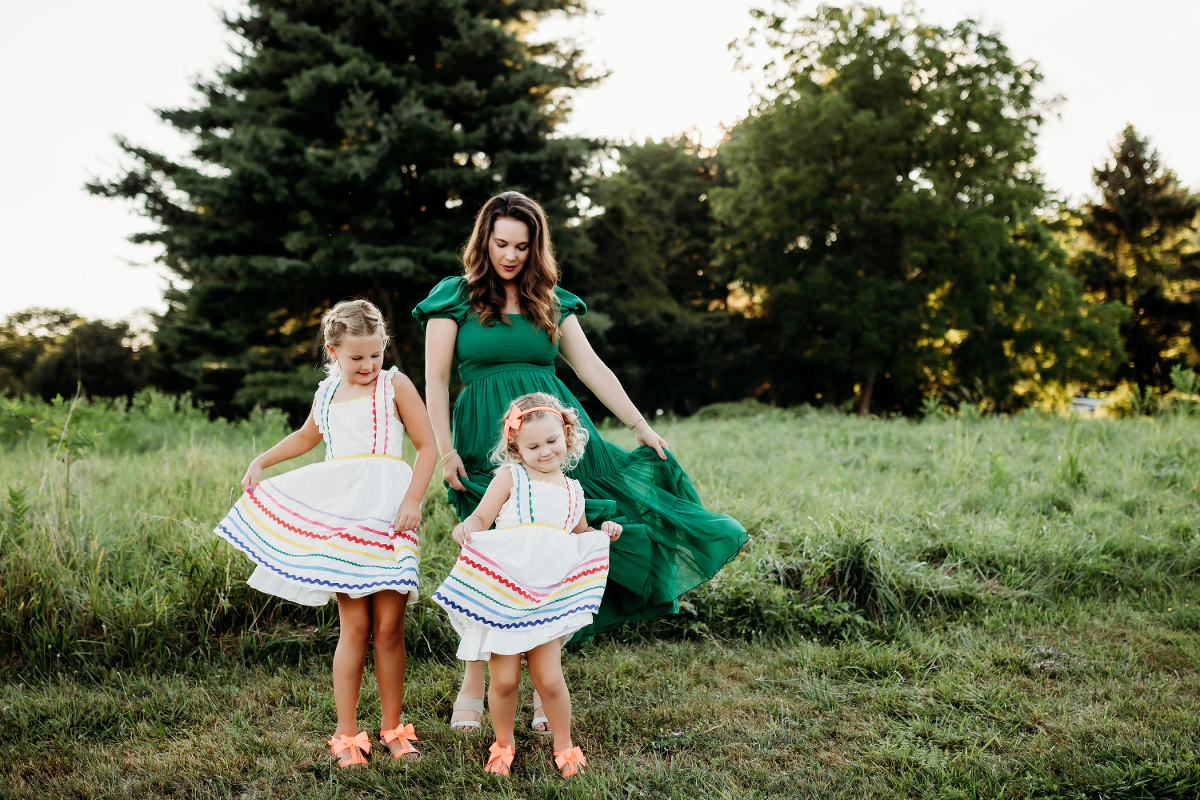We’ve talked about how to choose the right camera for you, what’s in my camera bag, and now we’re going to get down to the nitty gritty. I want to help you get to know your camera modes.
.jpg)
Just a quick heads up that these posts are coming from a Canon girl. A lot of what we’ll cover will apply to both Canon and Nikon, but if things look a little different check your manual to make sure you know what I’m talking about.
Most people shoot on Auto so that’s the first button we’ll talk about. Let me start by saying there’s nothing wrong with shooting in Auto mode. If it’s an important moment or memory you don’t want to miss, go ahead and shoot in Auto. It’s better to get the shot than miss it fumbling around with your settings. When you have some time to practice, that’s when you should play around with other camera modes. Shooting in Auto means you are giving your camera all the control. It will take a look at what you’re trying to photograph and choose the best aperture, shutter speed and ISO. It’s also going to guess what you are trying to focus on. Have you ever taken a picture only to discover that your subject is out of focus, but something in the background is? Your camera will try to focus on whatever it thinks is most important in the scene, usually something with a lot of contrast. There are cameras out today that have facial recognition technology which makes it easier to focus on the people in your photographs, but not all of them have it.
You could switch to one of these other automatic modes and have a little bit more control.
.jpg)
Before switching to one of these modes, think about what you’ll be photographing. Choose one that fits the situation. Are you at the soccer field watching your 8 year old run across the field trying to score a goal? Pick Sports Mode. If you want to grab a quick shot of your kindergartner on the first day of school, pick Portrait Mode. A close up of your baby’s cute little toes, pick Macro Mode.
Let’s talk about a few semi-automatic modes now.
Aperture Priority Mode – A or AV – You pick the aperture and the camera does the rest. Aperture is the opening in your lens that lets light in. It is measured in f-stops. A large aperture is a small f-stop and a small aperture is a large f-stop. We’ll dig deeper into aperture next week, but I just wanted to give you a basic definition. This was one of the hardest concepts for me to understand when I first started.
Shutter Priority Mode – TV or S – You pick the shutter speed and the camera will do the rest. You would use this mode when you want to control the action in a scene. If you want to capture your child on the swings in mid-air, switch to this mode. If you want to capture your little boy swinging a baseball bat, use this mode. You can even use it to slow things down. Maybe you’re hiking and want to get creative with a waterfall. a slow shutter speed will slow down the movement and make it blur.
Program Mode – P – If you put your camera in this mode, it’s almost like Auto, but you can control the flash and change either ISO or white balance.
A-DEP – This stands for auto depth of field. You will pick what you want in focus and your camera will find the light it needs to get a correct exposure.
Manual Mode – M – This is what I use all the time now. Manual mode gives you complete control. You get to choose aperture, shutter speed, ISO, and white balance. You can choose what you want to focus on and get creative with your composition.
Now that you know a little more about the buttons on your camera dial, try something different. Switch off Auto and choose a different mode. See what happens. Share your images on Instagram using the hashtag #smpaclickaway. And let me know if you have any questions. I’d be happy to help!







.jpg)
[…] mentioned aperture in my last post for A Click Away. Today I want to go a little more in depth. Aperture is the opening that lets […]